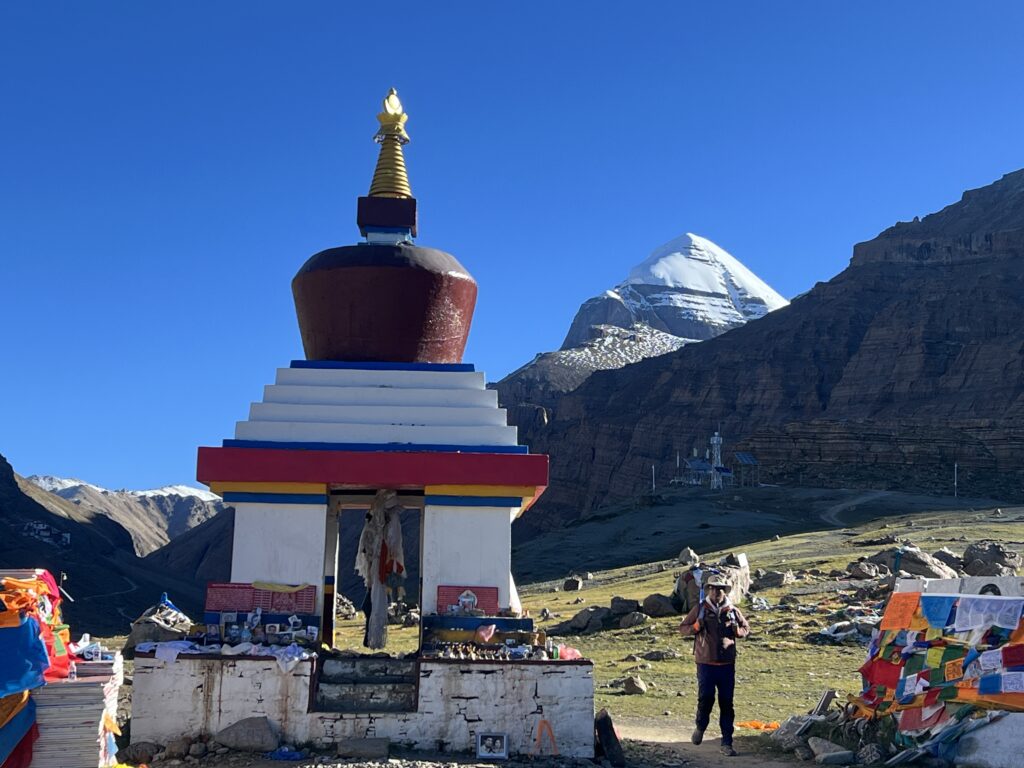
Mount Kailash (Kangrinboqê Peak, 冈仁波齐峰), located in the Tibet Autonomous Region of China, is one of the most sacred mountains in the world, revered by followers of Hinduism, Buddhism, Jainism, and Bon. Standing at 6,638 meters (21,778 feet), Mount Kailash is a spiritual hub and a destination for pilgrimage. Its striking pyramid shape and location near the sources of major rivers make it both a natural and mystical wonder.
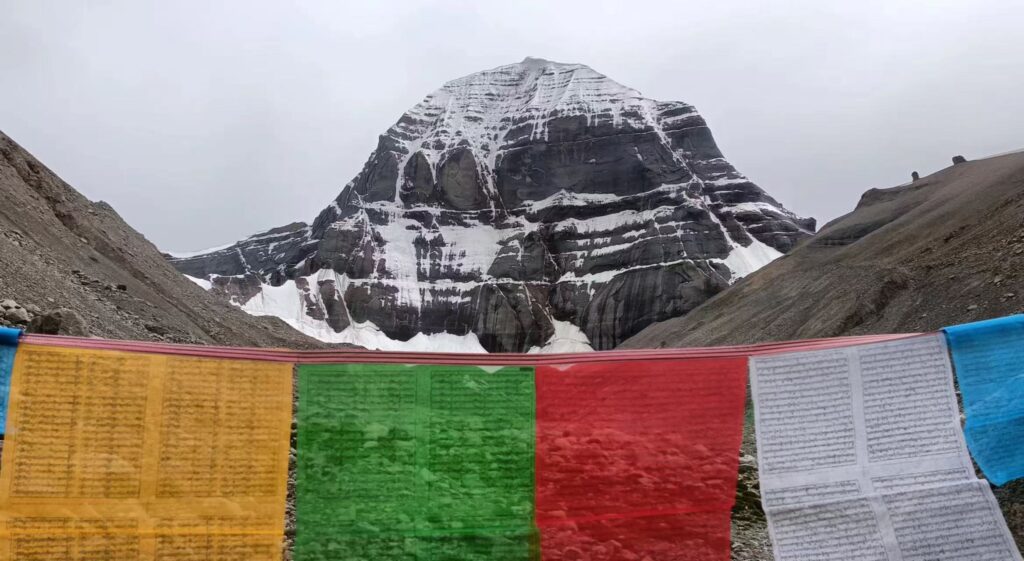
Religious Significance
Hinduism
Mount Kailash is considered the abode of Lord Shiva, where he resides with Goddess Parvati in eternal meditation.

It represents Mount Meru, the cosmic axis in Hindu cosmology, around which the universe revolves.
Buddhism
In Tibetan Buddhism, Mount Kailash is regarded as the home of Demchok (Chakrasamvara), a deity symbolizing supreme bliss.

The mountain is also seen as the center of the universe in Buddhist cosmology.
Jainism
Known as Ashtapada in Jain tradition, it is believed to be the site where the first Tirthankara, Rishabhadeva, attained liberation (moksha).
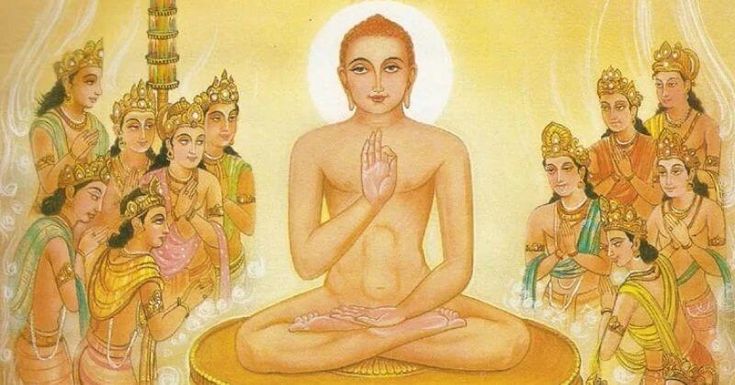
Bon
In Bon, the ancient pre-Buddhist religion of Tibet, Mount Kailash is a sacred site associated with the spiritual master Tonpa Shenrab Miwoche and the center of all physical and metaphysical realms.
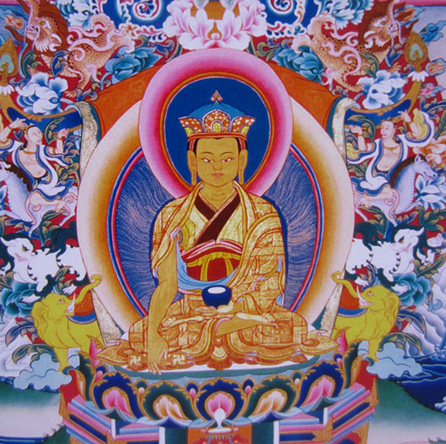
Geographic Significance
Location: Situated in the Gangdise Range, part of the Trans-Himalayas in Tibet.
Nearby Lakes:
Lake Manasarovar: A sacred freshwater lake, representing purity.
Lake Rakshastal: A nearby saltwater lake, often contrasted with Manasarovar in spiritual symbolism.
Rivers: Mount Kailash is near the sources of four major Asian rivers:
The Indus River
The Brahmaputra River (Yarlung Tsangpo)
The Karnali River (a tributary of the Ganges)
The Sutlej River
The Pilgrimage (Kora)
The pilgrimage around Mount Kailash is called the Kora and is a sacred ritual believed to cleanse sins and bring spiritual blessings.
Circumambulation Route:
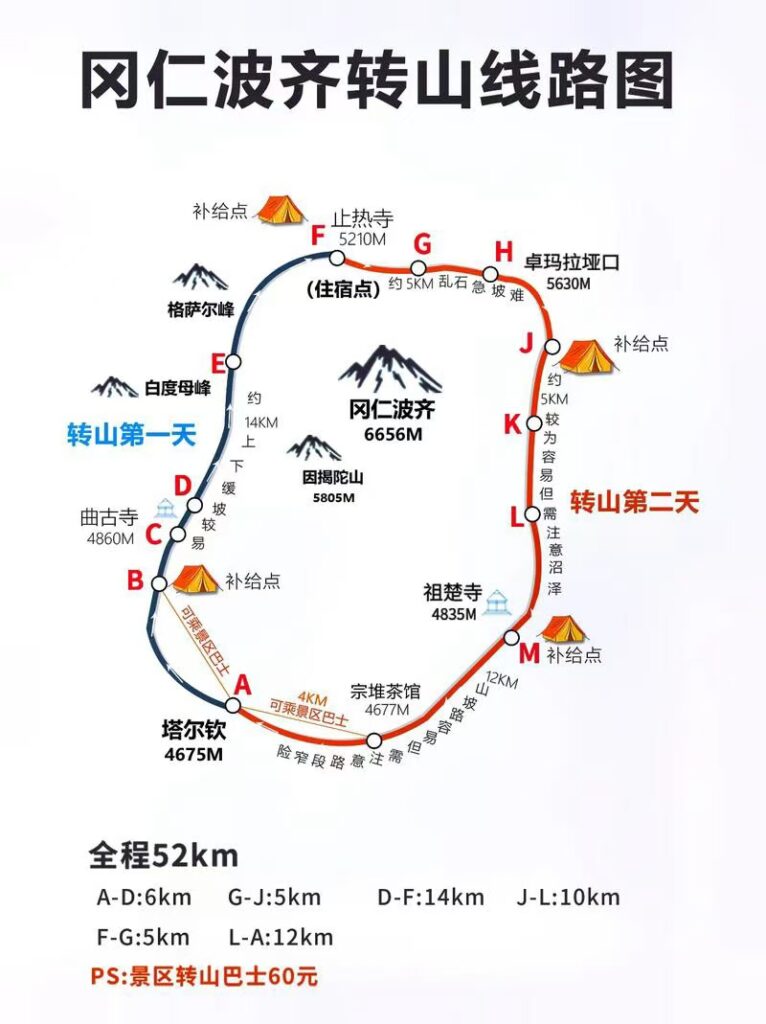
Length: Approximately 52 kilometers (32 miles).
Time: Typically takes 3 days on foot. Some devout pilgrims perform the Kora by prostrating themselves along the entire route, which can take weeks.
Starting Point: The trek usually begins and ends at Darchen, a small settlement near the base of the mountain.
Highlights Along the Kora:
Tarboché Flagpole: A significant site for Tibetan Buddhist rituals.
Dölma La Pass: The highest point of the Kora at 5,630 meters (18,471 feet), symbolizing a spiritual crossing.
Gauri Kund: A sacred lake for Hindus near the pass.
Travel Tips
1. Best Time to Visit
- May to October: During the warmer months, with clear skies and less snow.
- The Saga Dawa Festival (May/June) is a popular time for pilgrims, commemorating the birth, enlightenment, and death of Buddha.
2. Permits
- Foreign travelers need a Tibet Travel Permit and additional permits to visit Mount Kailash and the surrounding region.
- Travel must be arranged through an authorized tour operator.
3. Altitude
- The region is at a high elevation, with risks of altitude sickness. Acclimatization is crucial before attempting the Kora.
4. Access
- The nearest city is Ngari, with flights from Lhasa.
- Travel to Darchen involves long drives through rugged terrain, often via Ali Kunsha Airport or overland routes.
Why Visit Mount Kailash?
Spiritual Enrichment: A journey to Mount Kailash is seen as a transformative spiritual experience across multiple religions.
Natural Beauty: The stark, pristine landscapes of the Tibetan Plateau provide a breathtaking backdrop.
Cultural Insights: Encounter Tibetan culture and spirituality in its most authentic form.
Mount Kailash remains one of the most profound destinations for pilgrims and adventurers alike, embodying a deep connection between the physical and spiritual realms.
 Tibet World Travel Tibet Tour, Tibet Trip, Tibet Travel, Tibet Train, Tibet Trekking,
Tibet World Travel Tibet Tour, Tibet Trip, Tibet Travel, Tibet Train, Tibet Trekking,
